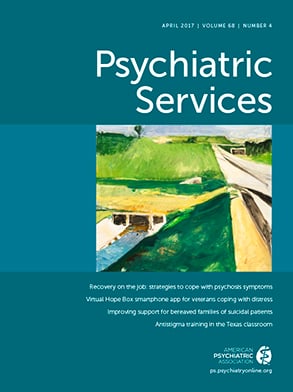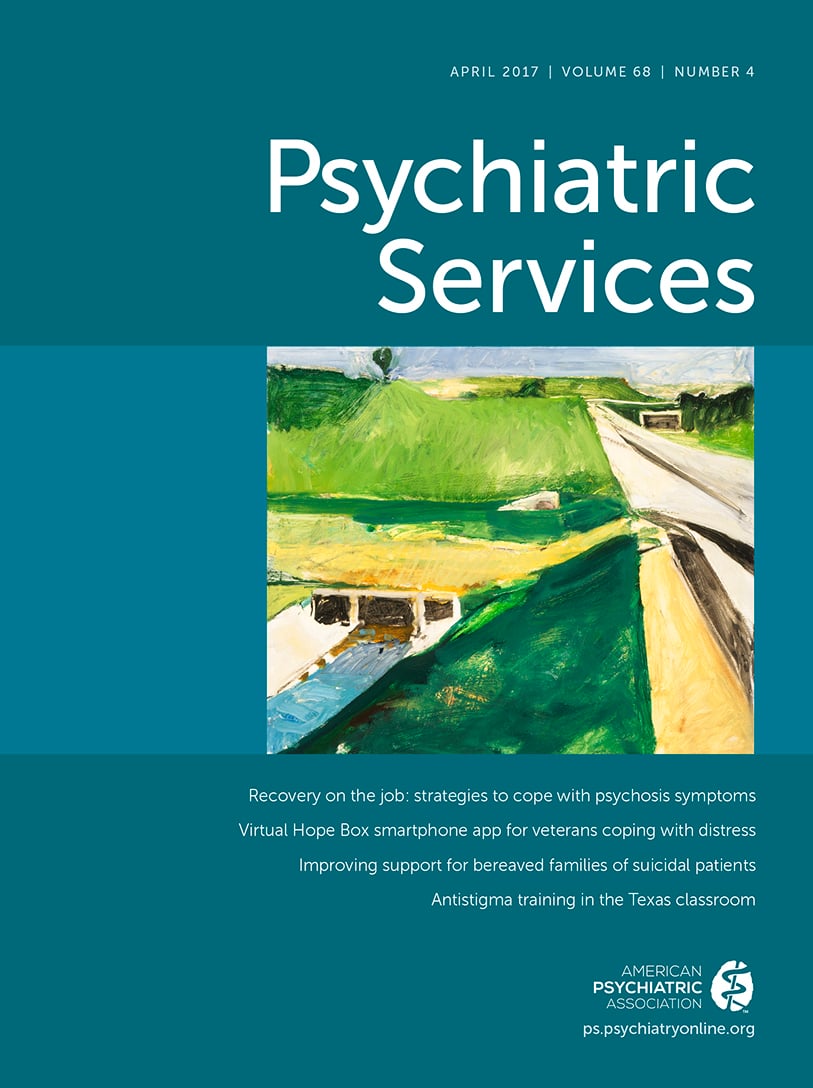Some families are fortunate; with little professional guidance, relatives positively adapt to the challenges raised when a loved one receives a diagnosis of a serious mental illness. The relatives appear to experience little stress, and they find innovative ways to foster the consumer’s capacity to pursue valued goals. Members communicate well, and the relatives seem to accommodate alternating periods of dependence and autonomy as the consumer progresses in recovery.
Other families struggle with the diagnosis of a loved one’s serious mental illness. Members may have experienced multiple other adversities—poverty, migration, discrimination, trauma, and family discord—or simply have not been fortunate enough to have found ways to manage their own anxiety about their loved one while supporting his or her recovery. Initial disbelief may evolve into worry, concern, anger, and sometimes guilt. Without prior successful experience interacting with individuals who have a serious mental illness, these relatives lack the knowledge, attitudes, and skills to support the recovery of their loved one. Guidance from a compassionate mental health professional who is well versed in evidence-based family interventions can be invaluable.
The articles by Domínguez-Martinez and colleagues and Pitman and colleagues in this issue highlight the complexity of meeting the needs of relatives of loved ones who have serious mental illnesses. Relatives of these consumers often encounter obstacles in connecting with the consumer’s treatment team. As Domínguez-Martinez and colleagues accurately note, more intensive, professionally led evidence-based family interventions are “a scarce commodity.” Through the National Alliance on Mental Illness, relatives have developed Family-to-Family (FTF), an alternative, peer-led manualized intervention program for themselves. Prior investigations have demonstrated the benefits of FTF participation for relatives. Helping improve family members’ knowledge of the illness and sense of empowerment is a worthy goal on its own, but data on whether these benefits extend to the consumer are also valuable. Domínguez-Martinez’s team is the first to report that high levels of relatives’ expressed emotion, which is associated with poorer consumer outcomes, may decrease as a result of FTF participation. If these findings are supported in a rigorously controlled randomized trial, they suggest that relatives’ participation in FTF can benefit both the family member and the consumer.
The article by Pitman and colleagues focuses on an important but neglected topic—the needs of relatives of individuals who die by suicide. Suicides are typically devastating for surviving family members as well as for the deceased’s clinicians. Like relatives, clinicians often experience guilt, shame, sadness, and a sense of failure. Unless clinicians experience a consumer suicide during their formal training, most have little formal instruction on how to proceed when their patients kill themselves. Using broad United Kingdom data collected in 2003–2012, Pitman and colleagues found postsuicide contact between clinician and the patient’s relatives in two-thirds of mental health consumer suicides; the investigators argue that the number should be higher. They acknowledge that their findings raise as many questions as they answer—the data do not indicate whether the contacts were to alert relatives about the suicide or to offer support, and the frequency of contact was unknown, as was whether it was helpful to the survivors. The study was not designed to answer these questions, and clearly more work needs to be done in this area. However, Pitman and colleagues note that relatives of those who die by suicide are at risk of several negative mental health sequelae, including their own suicide, and they argue for increased proactive engagement. Comparable U.S. estimates for outreach to relatives of mental health consumers who have died by suicide are not available, but concerns about litigation and a lack of national postsuicide “best practice” guidance make it unlikely that U.S. data on mental health clinicians’ contact with surviving relatives would be much higher.
These two articles underscore the needs of relatives of individuals with serious mental illnesses. All families are complicated, and those dealing with a serious mental illness are no less so. The growing literature on the benefits of FTF suggests that referrals to FTF should be considered a best practice; this program does not meet the needs of every relative of a loved one with a serious mental illness diagnosis, but it often is an excellent start. The results of Pitman and colleagues’ study highlight the need for policies, training, and encouragement for clinicians to reach out to the families of mental health consumers who have taken their lives, both as an act of compassion toward a grieving family and to address secondary risk. There is much work to be done.

